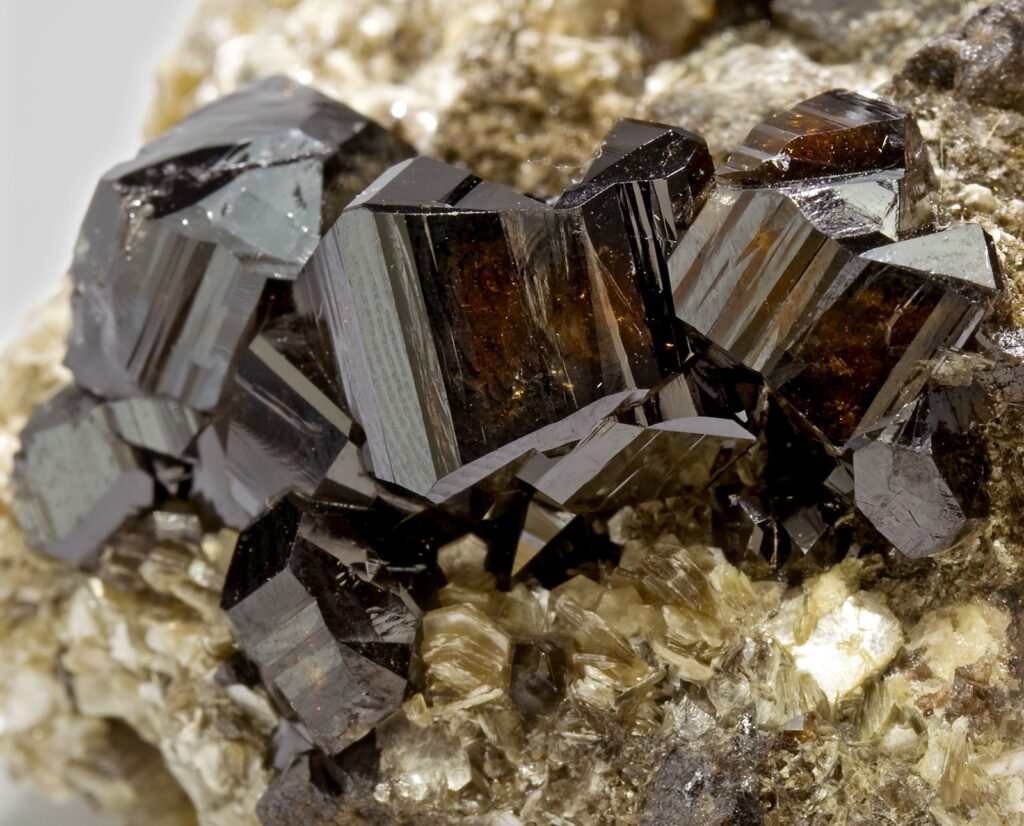Cassitérides was the name given, in antiquity, to an archipelago imagined to the west of Great Britain where, legend has it, Phoenician merchants, in the XNUMXth century BC. C., they went looking for tin (“kassiterós”, in Greek), an activity which, according to legend, was followed by Greeks, Carthaginians and Romans.
The Cassiterides were some of the many mythical islands that, until the end of the XNUMXth century, cartographers believed to exist in the Atlantic, northwest of the Iberian Peninsula.
Among the ancient scholars who sought to describe these islands, the historian Herodotus (c.485-420 BC), the historian and geographer Posidonius of Apamea (c. 135-c. 50 BC), the historian Diodorus of Sicily (90 BC), the geographer Strabo (c. 63 BC to c. 24 AD), four great names of ancient Greece, and the Roman naturalist Pliny. the Elder (23-79 AD).
We know today that Cornwall, in England, is one of the world's producers of tin, and it must have been this southern region of the great British island that gave rise to the myth of the Cassiterides.
The respective ore, known as “tin crystal”, was described in the XNUMXth century as “tin mineralized with pure air” (oxygen was known and called “pure air”).
In 1832, the French mineralogist François Sulpice Beudant (1787-1850) described it as tin dioxide (SnO2) and called it cassiterite (from the Greek “kassiteros”).
With an adamantine or greasy shine, cassiterite has a variable color between black, purple and reddish-brown or yellowish. Generally opaque, it can appear translucent and sometimes transparent when in small crystals.
Some lighter and more transparent examples have been cut and used as gemstones. Being a mineral resistant to weathering and relatively hard, it is concentrated in alluvial deposits of the “placer” type, the most common in the respective mining, as is currently the case in Malaysia, Thailand, Indonesia and Russia.
It also occurs in relation to granitic intrusions, in the form of high temperature hydrothermal veins and in pegmatites associated, in particular, with quartz, wolframite, arsenopyrite, pyrite, sphalerite, dolomite and apatite.
It is believed that cassiterite mining began in Cornwall and, only later, in Portugal, in alluviums in the center and north of the country.
One of these open-air occurrences, located in Ribeira da Gaia (tributary of the Zêzere), in the municipality of Belmonte, was explored by the Romans (and, probably, much earlier) and, more recently, between 1910 and 1940. Today it is explored in the Panasqueira and Neves Corvo mines.
Tin (from the Latin “stagnum”) is one of the oldest known metals. With a low melting point and a silvery appearance, it is very resistant to corrosion and does not oxidize easily when in contact with air.
In addition to the production of bronzes, it is used to coat other metals in order to protect them from corrosion, such as tinplate (the common tin). Due to its great malleability, it allows the production of extremely thin sheets, used to pack chocolate bars and other products.
Archaeologists speak of the Bronze Age to designate a period in human history beginning in the Middle East, around 3300 BC. C., and ended two thousand years later, with the advent of iron metallurgy, initiated and practiced in Europe by the Celts.
Accepted by many as casual, the discovery of the copper and tin alloy that was given the name of bronze (from the Persian “biring”, copper) came to replace the use of copper, since it proved to have greater mechanical resistance and higher hardness. , without altering its malleability and ductility.
Used, in its early days, in the manufacture of weapons and utensils, bronze is today the name of a set of metal alloys based on copper and tin, but to which, according to the various purposes, variable amounts are added, including others, zinc, lead, nickel, aluminum, antimony and phosphorus, with the aim of obtaining characteristics superior to those of copper.



















Comments